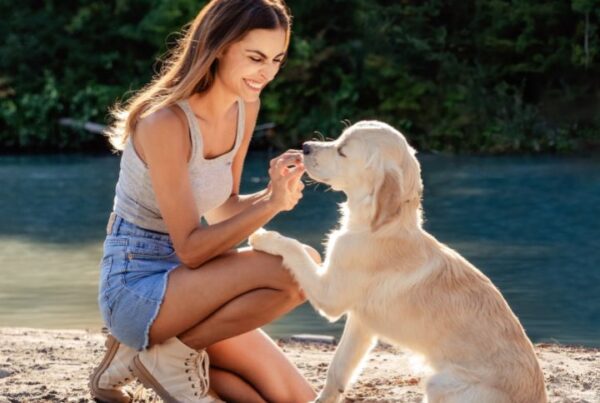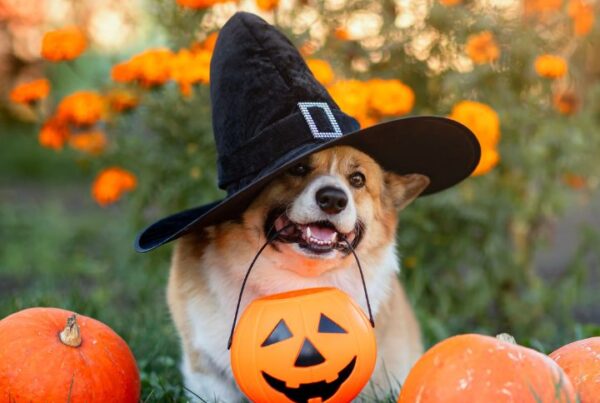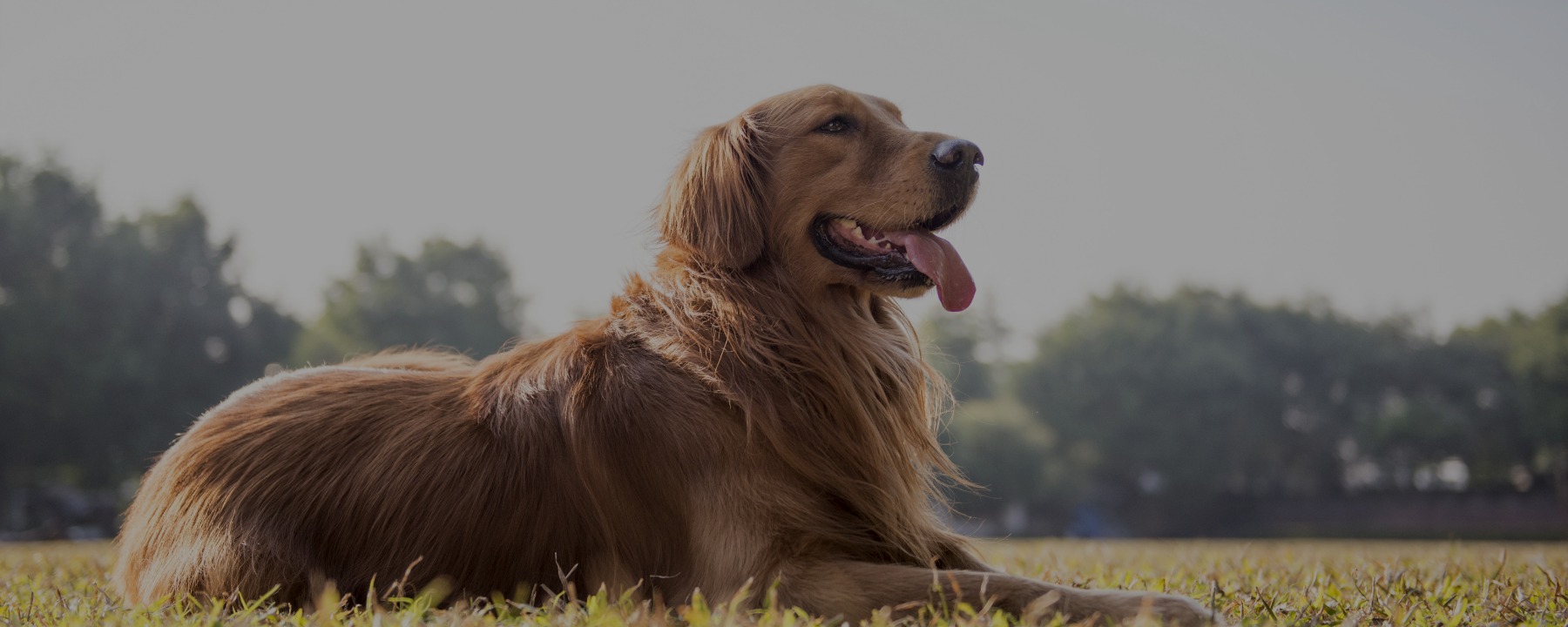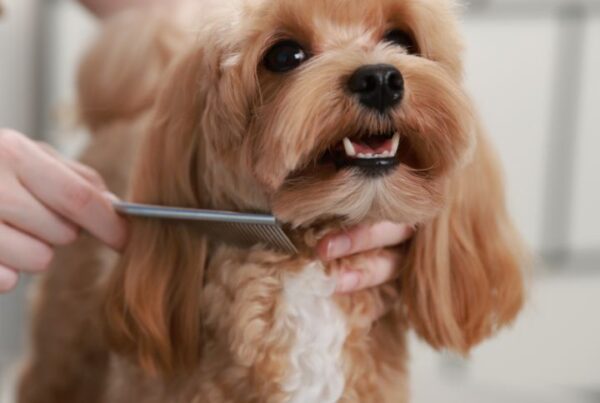If you’ve been thinking about becoming a professional dog groomer, you may be looking into one of our grooming courses. The courses are designed to teach you everything you need to know about grooming so you can become a certified dog groomer upon graduation!
If you’ve never taken a course at QC Pet Studies, here’s what you need to know:
- There are no deadlines or due dates and you have 3 years to complete the course
- The average student finishes a course in 9 months
- Our courses are assignment based – focusing on theory and practical applications
- Your tutors mark your course work one unit at a time
- All learning materials can be found on the Online Student Center
Here’s a sneak peek into some of our favorite assignments! We’ve included a mix of theory and practical assignments to show you just how in-depth and hands-on our courses are. Let’s get into it!
Dog Grooming
Assignment C8: Setting Up Your Workspace
The Unit will teach you how to set up a clean, safe, and functional work space. You will learn about topics like maintaining good air circulation and choosing paint colors in Unit C! This may not be something at the forefront of your mind when you think about dog grooming, but it’s definitely important. It’s one thing to read about how to set up a good station, but doing it is a whole other beast!
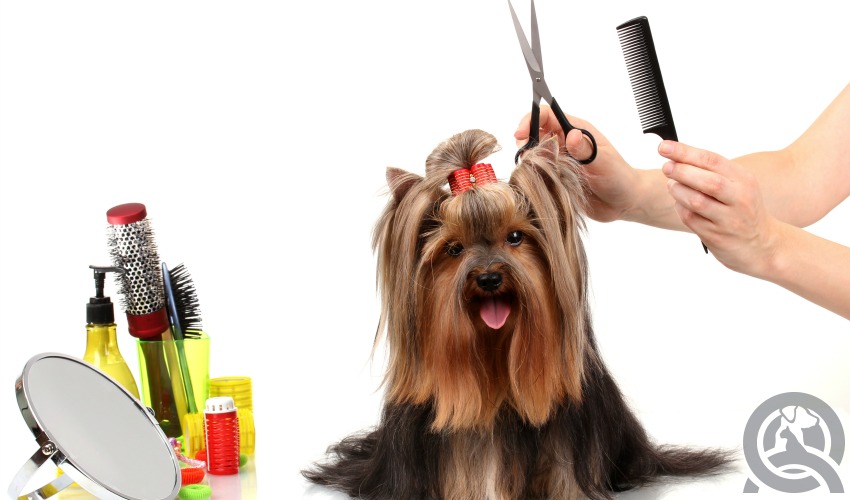
For this assignment, you need to set up a grooming station in your home. You’ll need:
- A camera
- A grooming table
- A non-slip surface for the table
- A grooming arm
- A lead for securing your dog
To complete the assignment, you’ll need to take into consideration the amount of space, light, and power outlets for your grooming table. You’ll also have to find extra space for side tables to hold your products and tools. You have now set up your first grooming station and it’s time to document it with a photo for submission!
The photo should be clear and capture the table, the dog, and the restraints. Your tutor will mark your assignment and evaluate how safe and practical your set-up is. Make sure you keep your dog in sight at all times. Accidents on the grooming table can happen at any time!
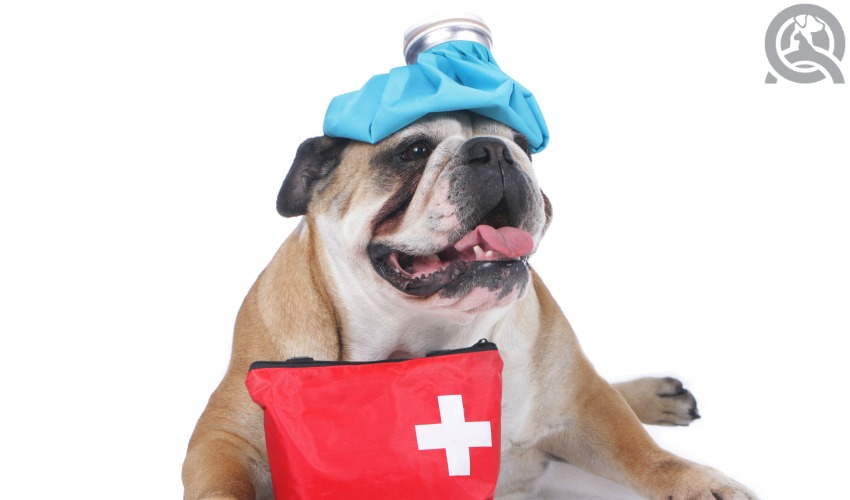
First Aid
QC offers the First Aid course for free when you enroll in the Dog Grooming course. Although First Aid is listed separately in the Student Center, the course guide will tell you to pause your grooming course before Unit D to complete the course. It’s important to learn first aid techniques in case something goes wrong during hands-on units!
Once you’ve opened up a grooming salon, you’re responsible for every dog that walks through your door. If you don’t have any training on how to respond in an emergency, you could be putting your clients at serious risk!
Self Study B4: Identifying Medical Emergencies
There are 3 exercises for this self-study assignment. Each exercise presents a case study of an emergency that you may encounter throughout your career. You must read each scenario carefully, write out your response, and compare it to the course text!
Dog Grooming
Assignment D5: The Pat and Pull Method
Once you have a good grasp of dog anatomy, behavior, health and safety, and know how to choose the right grooming tools, you’re ready for the hands-on units. This will be your first chance to start practicing your grooming skills. The assignments in these hands-on units (Units D-G) test each technique. Our practical units prepare you for your practicum in the next part of your course.
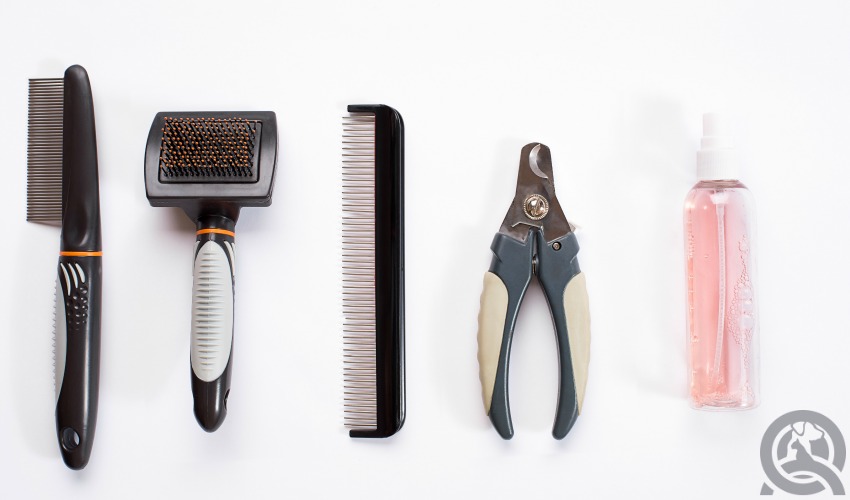
For this assignment, you’ll need:
- A good quality video camera
- Someone to film you
- A slicker brush
- A release form for your “client” to sign
- A dog whose coat requires a slicker brush
The course texts for this unit will help you identify dog breeds perfect for slicker brush use. The course provides you with 2 slicker brushes, and you must choose the brush based on the dog’s coat type and condition. You will be marked on this!
The next steps require your friend to film you as you complete the grooming using the pat and pull method. Make sure you combine different techniques depending on the areas that need attention. After you complete the grooming, the final step involves a written assignment. For this part, you must explain everything you did during the session and your reasoning. Once both parts are complete, you can submit the assignment for grading!
Practicum
Much like completing an internship in high school or college, all practicum units are saved until the end. If you have been itching to finally get your hands on a dog to complete a full-service groom, this is your time to shine! The course’s practicums require you to find specific breeds or dogs with specific coat conditions to groom. It can be a bit tricky to find specific dogs for these assessments, but it’s necessary to prepare you for the real world! Every dog that walks into your salon is different and will require different services. You better know your stuff!

Unit 2: Grooming a Natural Breed
You’ll need to complete 6 different assignments for this unit. At the end of the unit, you’ll be prepared to groom a purebred dog to breed standards!
- Purebred Golden Retriever or Purebred Shetland Sheepdog
- A release form for the dog owner
- The necessary products, tools, and equipment (your choice)
- A video camera
- Someone to film you
- Your “Interpreting Breed Standards” manual
Each assignment in the unit involves a different part of the dog’s body. Because the products, tools, and techniques change for each section of the body, it’s important that you ensure each step is complete before continuing.
This unit requires your dog to have its basic grooming done already. This includes the bath, the sanitary cut, and trimming the nails. When you’re grooming to standards, you complete the basic groom as “prep” and then apply breed standard techniques. After this is done, go ahead and film the “before” video of the dog.
Record your tool choices, techniques, and the overall look you tried to achieve onto an assignment template for each body part! This will likely be the first time you attempt a breed standard groom, so there will be plenty of room for improvement. When you are finished, try to identify these opportunities for next time.
To wrap up the unit, film your dog’s “after” video. Make sure to go over the whole dog but focus on the finer details outlined in the breed standards.
Are you starting a professional grooming course soon? Let us know!
Dog grooming will take you hours of practice to master, but it’s super rewarding! Here are just 5 ways how a dog grooming course will make you happier!
